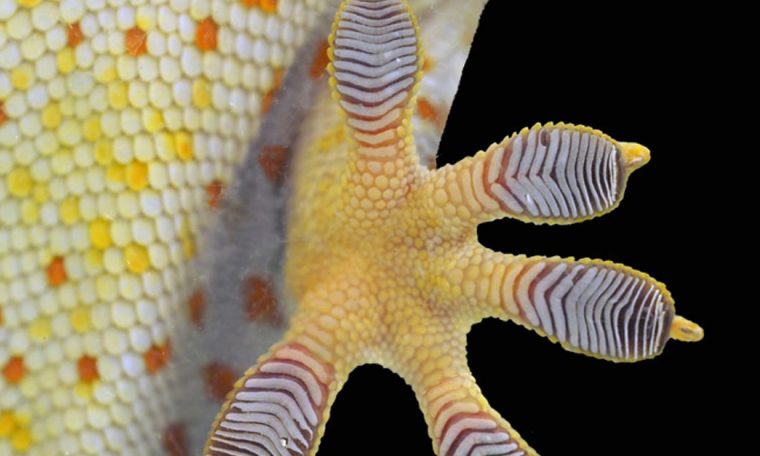
Scientists from the University of California from San Diego, have consolidated the adhesive attributes of gecko toes with air-controlled robots which appear to be soft, to give robot fingers a superior use. Fit for lifting objects up to 45 pounds, the gripper could be utilized wherever: from the floor to the International Space Station.
How did they find out if the gecko toes were good?
The grippers were sent to NASA’s Jet Propulsion Lab, or JPL for short, where they were mounted to a Kuka mechanical arm. To check whether the gecko toes were justified, regardless of the biomimicry, they tried the single gripper on various items, similar to a rock, a tomato, and a JPL mug. The specialists likewise made a three-finger adaptation of the gripper to check whether it could get bigger loads. The three-finger rendition lifted a dumbbell to demonstrate that it could over and over again lift heavier loads.
Gecko actuators are one of a kind in their capacity to get unpleasant and grimy objects. They not just shape to coordinate the surface of the object, they likewise adjust as items inside their grip shift and spin.
But why Geckos?
Geckos are a portion of the best climbers in nature on the grounds that their toes have a large number of microscopic hairs that are up to 30 times smaller than a human hair. Toward the finish of every hair is a modest nanostructure that holds to the surface. In past investigations, analysts have utilized the outline of gecko feet to make another sort of adhesive. This most recent research represents the first time when the adhesive has been connected to a gripper.
In the next periods of time, the analysts will investigate potential new zero-gravity uses for the gripper. And it’s actually amazing because, in addition to all we talked about in this article, it shows up that the gripper may be on the space station before it’s on the factory floor.




